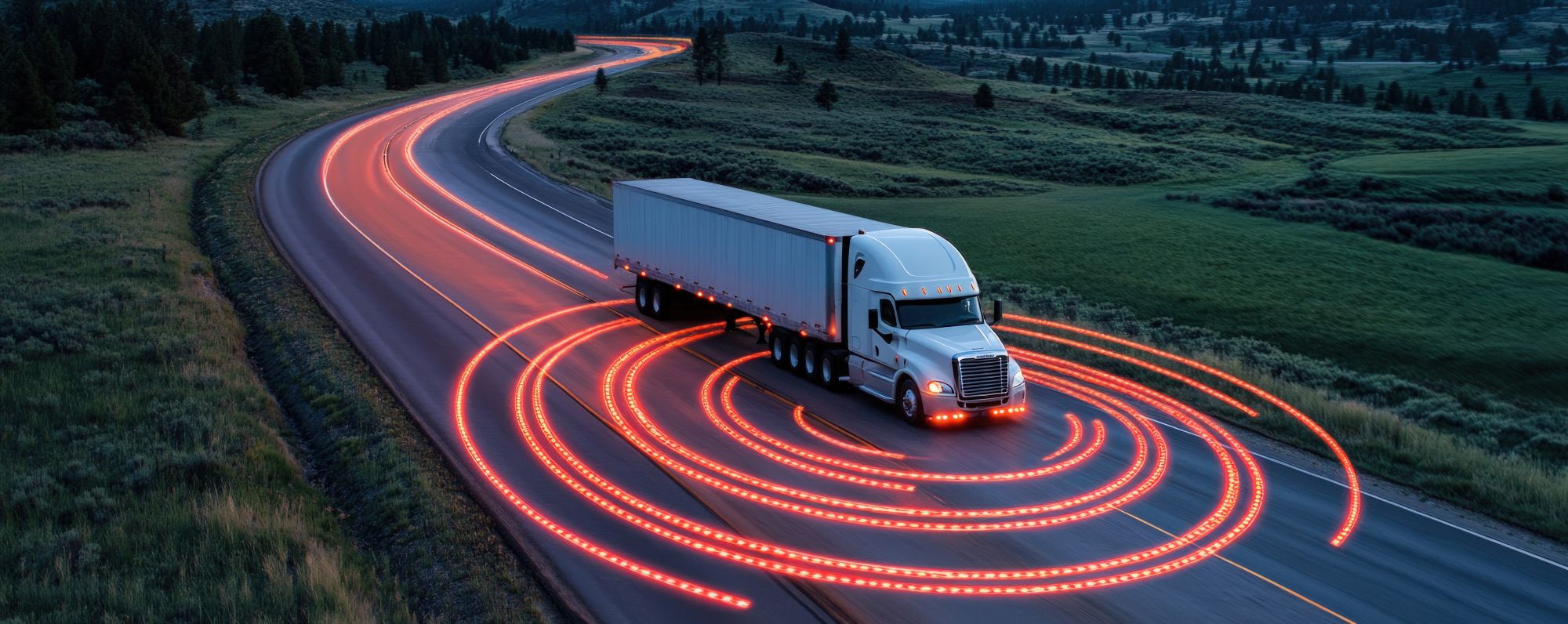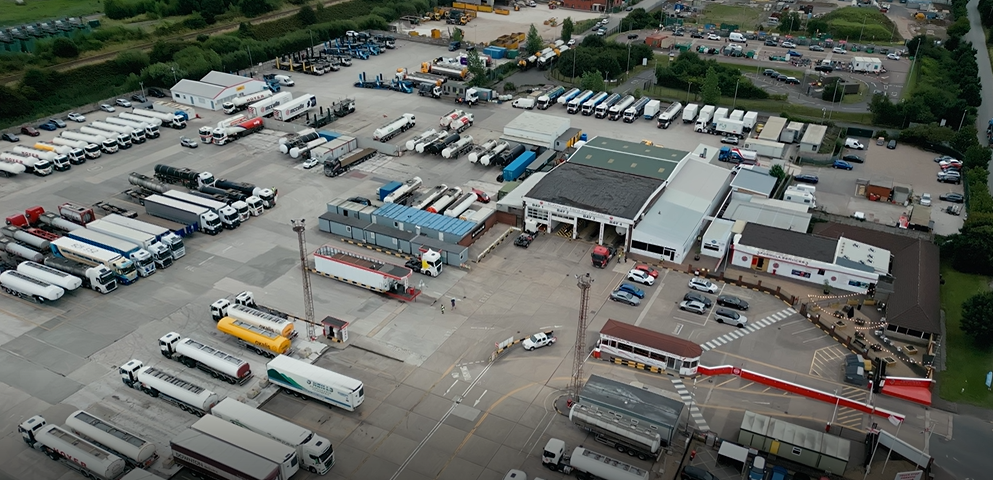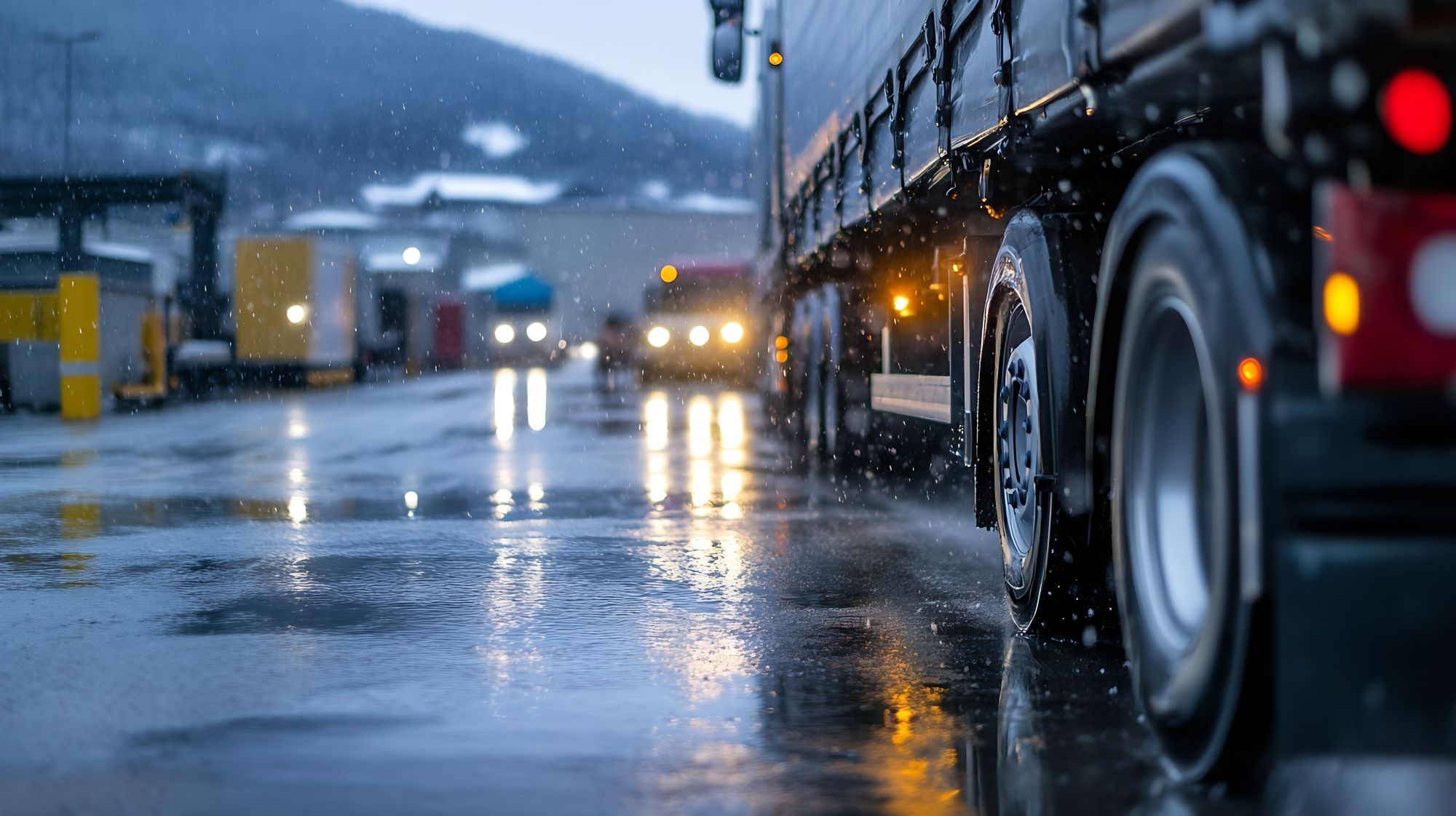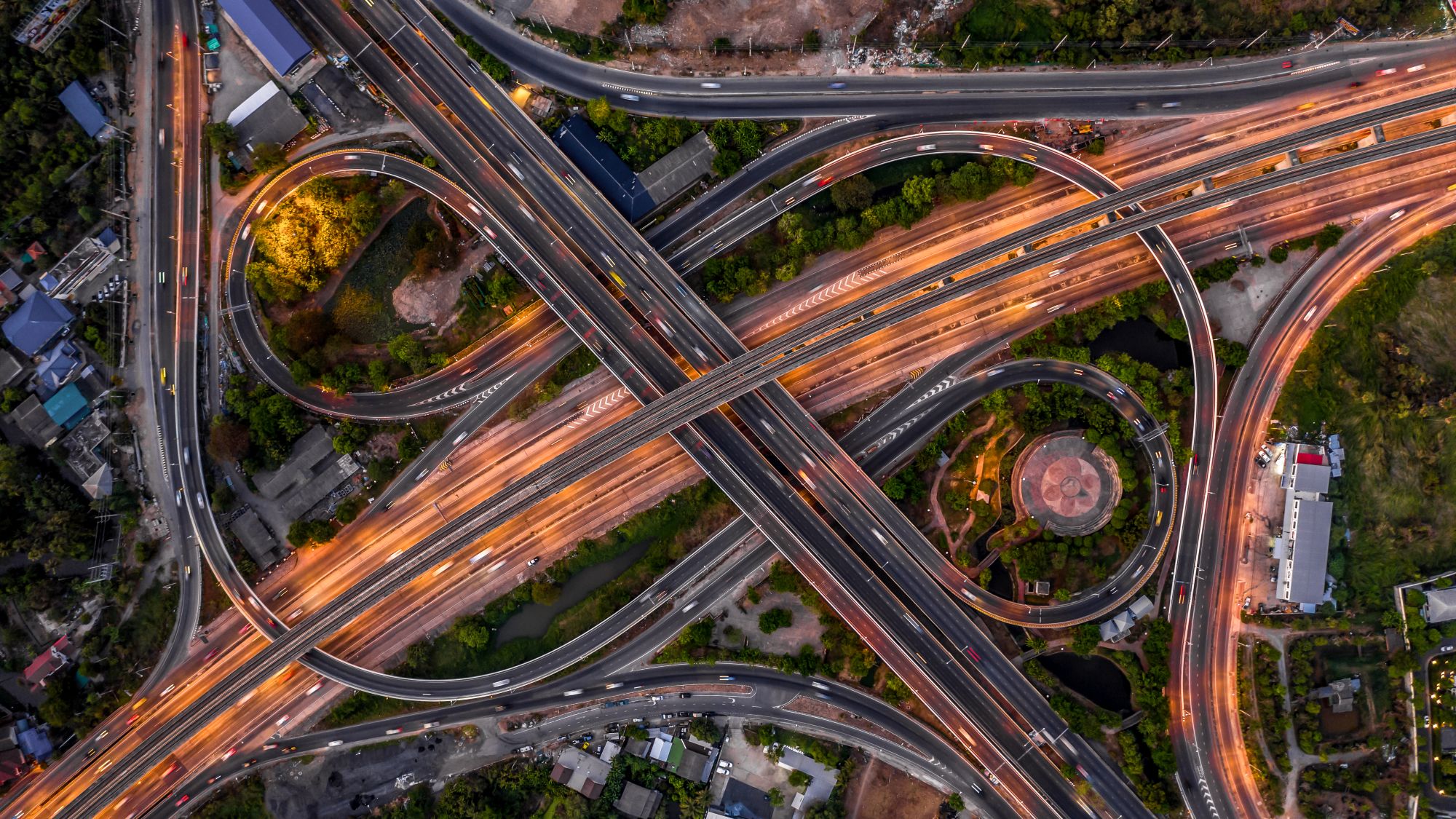
Susie Jones
Autonóm teherautók: Az előttünk álló út kibogozása
Létrehozva: 16. 05. 2025
•
Frissítve: 23. 05. 2025
Autonóm teherautók - egyesek számára ijesztő elképzelés, de úgy tűnik, hogy a logisztikai ipar jövője. Ahogy a technológia fejlődik az ágazaton belül, a részben vagy teljesen autonóm járművekkel történő áruszállítás lehetősége is nagy. Az Egyesült Királyság kormánya szerint ez akár már 2026-ban bekövetkezhet, mivel 2024 májusában törvénybe iktatták az automatizált járművekről szóló törvényt.
Mi történik azonban, ha egy autonóm teherautó balesetet szenved? Ki a felelős? Ebben a blogban elmélyedünk az autonómia világában, hogy milyen hatással lehet a mobilitási ágazatra, ki a felelős, ha baleset történik, és mit gondolnak a járművezetők a változásról.
Melyek az automatizálás különböző szintjei?
A vezetés automatizálásának hat szintje létezik:
- szint - Nincs automatizálás. Az ember végzi az összes vezetési feladatot.
- szint - Vezetőasszisztens. A jármű egyetlen automatizált rendszerrel rendelkezik.
- szint - Részleges automatizálás. A jármű képes kormányozni és gyorsítani. Az ember azonban továbbra is felügyeli az összes feladatot, és bármikor átveheti az irányítást.
- szint - Feltételes automatizálás. A jármű képes a legtöbb vezetési feladatot elvégezni. Az emberi beavatkozásra azonban továbbra is szükség van.
- szint - Magas szintű automatizálás. Geofencing szükséges, és a jármű bizonyos körülmények között minden vezetési feladatot el tud végezni. Az emberi felülbírálat lehetőség.
- szint - Teljes automatizálás. A jármű minden körülmények között elvégzi az összes vezetési feladatot. Nincs szükség emberi figyelemre vagy beavatkozásra.
Hogyan működnek az autonóm teherautók?
Az érzékelők, kamerák és a mesterséges intelligencia lehetővé teszik az autonóm teherautók önálló vezetését. A fejlett programok emberi sofőrök helyett hoznak döntéseket.
Az iparágat érintő problémák
Jogszabályok - Ki a felelős, ha baleset történik? A járművezető, a munkáltatója vagy a karbantartó cég? Az alábbiakban ezt vizsgáljuk meg.
Infrastruktúra - Meglévő útjainkat a benzinmotorok világára építették. Ezért az infrastruktúrát korszerűsíteni vagy lecserélni kell az önvezető járműparkok támogatásához, amihez pénzre és jelentős politikai akaratra van szükség.
Társadalmi változások - A közvélemény hozzáállásában is változásra van szükség. A mesterséges intelligenciával működő járművek sokakat elrettentőnek tűnnek, mivel a biztonsággal, az utazás nyomon követésével és a közúti balesetekkel kapcsolatos jogi szürke zónákkal kapcsolatos aggályok merülnek fel.
Biztonság - A digitális hálózatokra támaszkodó rendszer sebezhetőbbé válik a kiberfenyegetésekkel szemben.

Mit gondolnak a teherautó-vezetők az autonóm teherautókról?
Az autonóm teherautók biztonsága forró vitatéma az ágazaton belül, sokan vitatják, hogy a technológia megbízható színvonalon képes-e megbirkózni a kiszámíthatatlan időjárással és felismerni az akadályokat - ami a SNAP közösségi médiaoldalain a teherautó-vezetőket aggasztja:
"A legkisebb esőben a teherautóm elveszíti az összes automata képességét, az AEBS-t és a sebességtartó automatikát. Kizárt, hogy a teherautók a közeljövőben vezető nélkül vezethessék magukat."
"Ez több embert fog megölni az utakon, és még több sorban állást fog okozni. Gondoljon csak arra, hogy mennyire megbízható az elektronika az Euro 6-os járművében. Ugyanazok az emberek készítenek autonóm teherautókat."
Jogszabályok - ki a felelős, ha baleset történik?
Baleset esetén a felelősség eltolódhat a járművezető és a gyártó között. A bíróságnak kell megállapítania, hogy a balesetet műszaki hiba, nem megfelelő karbantartás vagy a járművezető hibája okozta.
Gyártói felelősség
A gyártó a következő esetekben válik felelőssé: - Az érzékelő meghibásodása
Szoftverhibák
Nem megfelelő kiberbiztonsági intézkedések
Nem megfelelő tesztelés
Gépkocsivezető/flotta felelősség
Az autonóm tehergépkocsi vezetője felelősséggel tartozhat egy balesetért, ha elhanyagolja a jármű megfelelő működéséhez szükséges szervizelést vagy karbantartást - lehet azzal érvelni, hogy ez a felelősség a flottakezelőket is terheli.
Ennek ellenére a mobilitási ágazatban dolgozók körében még mindig van némi zűrzavar. A [közösségi médiaoldalainkon] (https://www.facebook.com/snapaccount?locale=en_GB) megkérdeztük a teherautó-vezetőket, hogy szerintük ki lenne felelős egy autonóm járművel való baleset esetén. A sofőrök 51%-a gondolta úgy, hogy a sofőr lenne a felelős, 37% az automatizált teherautók gyártóit, 12% pedig a szoftverfejlesztőket.
Nyilvánvaló, hogy az ágazatban dolgozóknak még több tisztázásra van szükségük, mielőtt az autonóm teherautók állandó jelleggel megjelennek az utakon.
Hogyan néz ki a jövő?
A SNAP az újragondolt [TruckPark of the Future] (https://snapacc.com/truckpark-2049/) kampányában a mobilitási ágazat jövőjét vizsgálja. A technológia fejlődésével az autonóm járművek jelentős szerepet fognak játszani az iparágban, és 50%-os esély van arra, hogy a következő 120 évben a gépek átveszik az összes emberi munkát.
Hogyan fognak azonban megbirkózni Európa néhány legveszélyesebb autópályájával?
A teherautó-vezetés több, mint a volán mögött ülni - gyakran a folyamatosan változó és kiszámíthatatlan útviszonyok között kell navigálni. Felmerül a kérdés, hogy az autonóm teherautók képesek lennének-e megbirkózni Európa néhány legrosszabb útjával. Legutóbbi, [Hazardous Highways] (https://snapacc.com/hazardous-highways/) című kampányukból a SNAP azonosította Európa legveszélyesebb útjait, és az eredmények szerint Bulgária, Litvánia és Csehország a legaggasztóbb.
Azzal lehet érvelni, hogy az autonóm teherautóknak kihívásokkal kell szembenézniük, amikor emberi beavatkozás nélkül próbálnak meg navigálni ezeken az utakon. A korlátozott GPS-pontosság, az érzékelők interferenciája és a következetes infrastruktúra hiánya bonyolíthatja a dolgokat.



